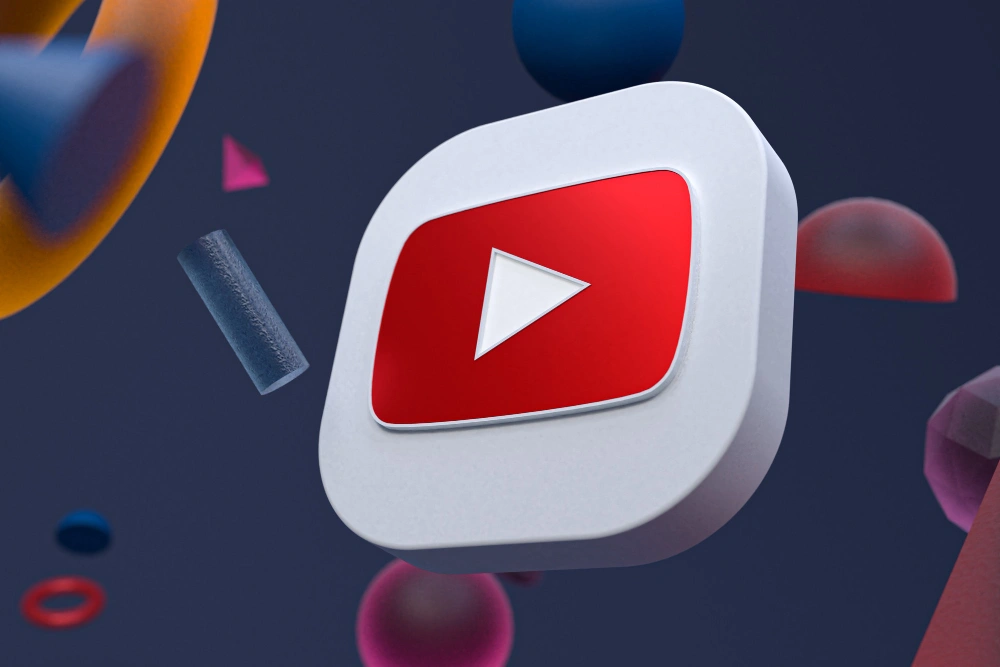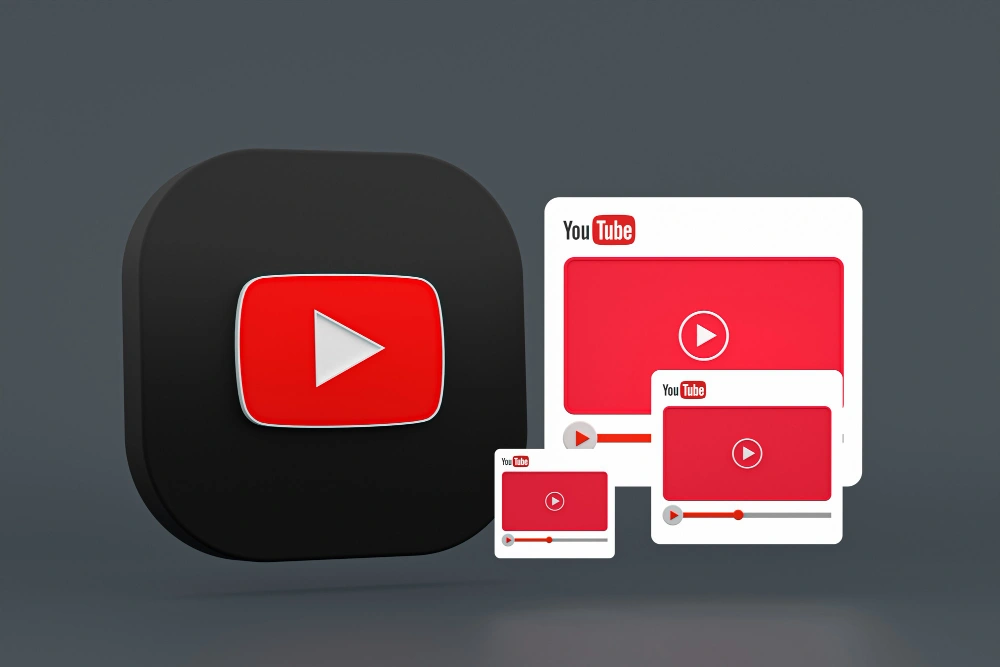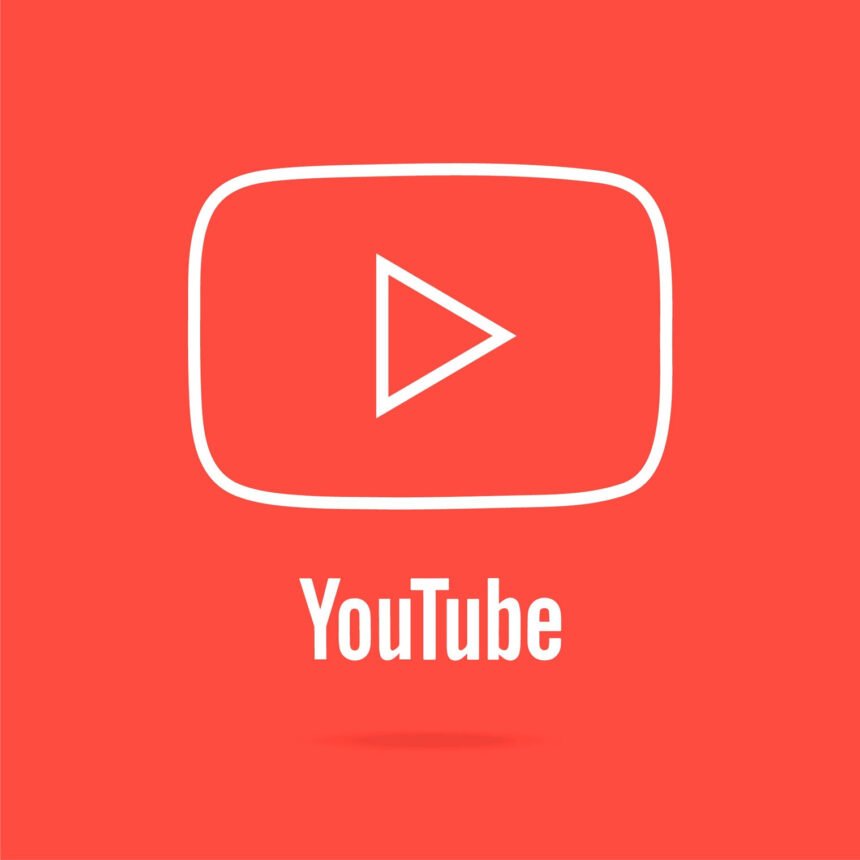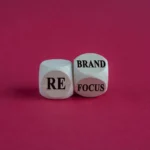Why Logo Design Matters in Branding
Logos are more than just symbols; they are the face of a brand. A well-designed logo creates instant recognition, builds trust, and communicates a company’s identity in a single glance. For graphic designers, analyzing logos isn’t just about looking at colors and fonts—it’s about understanding how visual elements shape public perception and strengthen a brand over time.
Among the many iconic logos in digital history, YouTube’s stands out as a perfect case study. Since its launch in 2005, YouTube has grown into the world’s largest video-sharing platform, influencing entertainment, marketing, and education. Its logo has evolved alongside its brand, reflecting design trends, user expectations, and the platform’s expanding role in global media.
What You’ll Learn in This Article
In this article, you’ll explore the full journey of the YouTube logo. You’ll see how it started, how it changed over time, and why each redesign happened. More importantly, you’ll get a detailed look at the design choices behind each version—colors, typography, symbols—and how they contribute to YouTube’s branding success.
By the end, you’ll understand:
- The key elements that make YouTube’s logo effective.
- How design updates improved the brand’s image.
- The role of minimalism, bold typography, and color psychology in logo design.
- Lessons you can apply to your own graphic design projects.
Let’s dive into the history of YouTube’s logo and uncover what makes it a brilliant example of effective branding and design evolution.
The Origins of the YouTube Logo
Background
When you step back in time, you’ll see that YouTube started as a bold idea by three friends who wanted to change how people shared videos online. They envisioned a platform where anyone could upload their own videos, connect with others, and enjoy a wide range of content—from funny clips to serious tutorials. This groundbreaking idea didn’t just create a new way to communicate; it set the stage for a whole new era of digital storytelling and entertainment.
First Design (2005)
Imagine the excitement of launching something completely new. In 2005, YouTube unveiled its original logo—a design that was simple yet packed with meaning. The logo split the brand name into two parts: “You” appeared in a clear, bold black typeface, while “Tube” was set against a bright red rectangle in white. This choice wasn’t accidental.
The red background was meant to grab attention instantly, much like the red buttons you see in video players today. The use of a white font for “Tube” inside the red box gave a nod to the old television tubes (CRT screens), reminding you of the familiar, nostalgic feel of classic TV while signaling a leap into the digital future. The straightforward design communicated that the platform was all about simplicity and user-friendliness—key elements that invited everyone to join the video-sharing revolution.
Early Evolution
As you observe YouTube’s journey, you’ll notice that the logo didn’t remain static. Even in its early days, subtle changes were made to keep it in tune with the platform’s growing audience and evolving design trends.
These early tweaks involved adjusting the proportions, refining the color balance, and enhancing the overall look to make the logo more modern and adaptable to various digital platforms. The goal was to maintain its recognizability while ensuring it looked fresh and dynamic, reflecting YouTube’s rapid expansion and the changing expectations of its users.
This early evolution was all about staying relevant. With each small change, the logo became a stronger symbol of what YouTube represented—a platform that was innovative, accessible, and continuously evolving to meet the needs of a global community of video lovers.
The Evolution and Redesign Timeline

Imagine watching the evolution of a brand you know so well—like the YouTube logo—transform right before your eyes. In 2011, YouTube took a bold step that changed the game for its visual identity, and the journey didn’t stop there. You’ll see how each update not only refreshed the look of the logo but also reflected broader design trends that you can apply to your own creative projects.
Redesign in 2011
Back in 2011, YouTube introduced one of its most significant redesigns. If you remember the earlier versions, the logo had a more literal, straightforward design that split the name into “You” and “Tube.” But in 2011, things got a fresh update with the introduction of the play button icon. This wasn’t just an aesthetic change—it was a powerful design decision.
When you see that iconic red rectangle with the white play button, you’re looking at a symbol that perfectly encapsulates the essence of video sharing. The play button isn’t just a shape; it’s an invitation for users to hit “play” and dive into content.
This simple, yet effective, addition turned the logo into an instantly recognizable symbol of action and interactivity. For you as a designer, it’s a brilliant example of how a small change can communicate a lot. It shows that sometimes the best ideas are the simplest ones—adding a play icon made the logo not only more dynamic but also more aligned with the platform’s core function of streaming videos.
Modern Iterations (2013 – Present)

After the dramatic change in 2011, YouTube didn’t rest on its laurels. From 2013 onward, the logo saw further refinements as design trends evolved. You might notice that the overall shape and color remained consistent, but subtle tweaks were made to ensure it looked modern and versatile across different devices.
Between 2013 and today, you’ll see a shift towards minimalism and material design—a trend that has dominated the design world in recent years. Material design, which emphasizes clean lines, flat colors, and simple shapes, allowed YouTube to maintain its strong visual identity while adapting to new digital interfaces. For example, the red color remained bold and eye-catching, but the surrounding shapes became sleeker and more refined, making the logo easier to scale on everything from smartphones to smart TVs.
As you observe these modern iterations, notice how the logo manages to stay familiar yet contemporary. The changes were subtle—improving the balance between the text and the icon, refining the curves, and ensuring that the play button remains the focal point. This evolution demonstrates how a brand can maintain its core identity while still innovating to meet the demands of a modern, ever-changing digital landscape.
Timeline Visualization
To help you grasp this evolution, imagine a timeline infographic that maps out the key milestones of the YouTube logo. You could start with the original design in 2005, move to the first major redesign in 2011 where the play button was introduced, and then highlight the ongoing refinements from 2013 to the present. Such a visualization would not only show you the chronological progression but also the reasons behind each change.
Picture the timeline with distinct markers: one for 2005, a bold marker for 2011 with a note on the play button’s introduction, and then several markers between 2013 and today, each representing a refinement in the design.
These visual cues can make it easier for you to see how design principles like minimalism and material design have influenced the modern look. It’s a practical way to understand that evolution isn’t always about drastic changes—it’s often about continuous, small improvements that together create a strong, consistent brand image.
Graphic Design Analysis
Key Design Elements:
When you analyze the YouTube logo, you notice several elements that work together harmoniously. The bold red color immediately grabs attention and conveys energy, while the white play button inside offers a clean, simple focal point.
The typography is straightforward and legible, ensuring that the brand name is instantly recognizable. Every shape—the rectangle’s rounded corners, the crisp triangle of the play icon—has been chosen to create a friendly, inviting feel that’s easily identifiable.
Design Trends Influence:
Over time, you’ve seen how trends like flat design and material design have influenced YouTube’s logo. The move towards minimalism—using fewer gradients and simpler shapes—helps keep the design modern.
This change isn’t just about aesthetics; it’s about functionality too. A flatter, simpler design translates better across digital platforms, ensuring that the logo looks great on high-resolution screens and in mobile apps. You can learn from this approach by embracing current trends without losing the core identity of a brand.
Visual Impact:
Ultimately, the evolution of the YouTube logo has greatly enhanced its brand recognition and user engagement. That unmistakable play button and vibrant red background work together to create a visual cue that’s hard to forget.
When you see it, you instantly connect it with video content and an interactive experience. For you, this demonstrates how subtle design tweaks—maintaining a balance between consistency and modernity—can create a logo that not only stands out in a crowded market but also builds a lasting emotional connection with its audience.
By studying these elements, you gain insights into effective logo design and learn how to adapt your creative work to ever-changing digital trends while keeping your brand’s core identity strong and recognizable.
Branding Impact and Cultural Significance
Imagine the power of a logo that you see everywhere—on billboards, online ads, even on your favorite merchandise. That’s exactly what the YouTube logo has achieved over the years. For you as a designer, it’s a prime example of how maintaining a consistent visual identity builds a global brand.
Brand Consistency:
YouTube’s logo is instantly recognizable, and that consistency is key. Even as YouTube evolved, the logo always kept its core elements—a bold red background and the familiar white play button. This unchanging presence makes it easy for people all over the world to associate that design with the YouTube experience.
As you work on your own projects, remember that keeping your design consistent across different media—be it social platforms, print, or digital—is essential. It builds trust, reinforces your brand, and ensures that your audience recognizes you immediately, no matter where they see your work.
Cultural Impact:
The YouTube logo has transcended its original purpose. It’s not just a marker for a video-sharing site—it’s become part of our everyday culture. You see it in memes, on clothing, and even in art. It’s a symbol that represents the era of online video and digital creativity. For you, this means that a well-designed logo can have an impact far beyond its immediate use.
It can become a cultural icon that people identify with on an emotional level. When you design your own logos, think about creating something that resonates deeply with your audience, something that they’ll proudly wear or share because it represents more than just a company—it represents a movement or a lifestyle.
Lessons for Designers:
Take a page from YouTube’s book. As you develop your own branding projects, focus on simplicity and memorability. A strong logo doesn’t need to be complicated—it just needs to be recognizable. Notice how the play button in the YouTube logo is simple yet so powerful. Use bold colors that stand out and choose shapes that work well in various sizes.
This way, whether your design is on a mobile screen or a large billboard, its impact remains the same. Also, think about how your design can grow with the brand. A timeless logo will evolve subtly over the years without losing its identity, and that’s a best practice you can apply to your projects too.
Future Predictions and Trends
Looking forward, you might wonder how YouTube—and brands like it—will continue to innovate in logo design. With technology and design trends evolving rapidly, the future of logo design is bound to be exciting.
Speculative Analysis:
Imagine if YouTube’s logo began to incorporate interactive or adaptive elements. In the near future, you might see a logo that isn’t static at all. Picture a design that changes slightly based on the time of day or adapts its color palette when viewed on different devices.
With trends like minimalism and material design already shaping the modern aesthetic, future updates could lean even more towards simplicity and functionality. For example, the play button might gain a subtle animation when a user hovers over it or the entire logo could have a dynamic quality that reflects the content’s energy in real time.
Implications for the Industry:
For you as a designer, these trends could set new standards for digital branding. If a globally recognized brand like YouTube starts experimenting with adaptive and interactive logos, it will likely influence the broader industry. You might find that traditional static logos become less common, giving way to designs that are not only visually striking but also contextually smart.
This shift could mean that in your future projects, you’ll need to consider how a logo performs in dynamic environments—how it looks on different screen sizes, how it interacts with users, and how it adapts to various digital platforms like augmented reality or smart devices.
Moreover, these future trends will encourage you to think beyond the initial design. It will be about creating a visual identity that is flexible enough to evolve over time while still holding true to your brand’s core values. This could involve more collaboration between designers, developers, and even marketers to create a seamless, interactive branding experience.
Conclusion
Summary of Key Points:
The YouTube logo has undergone a fascinating transformation, evolving from a simple wordmark to an iconic design that symbolizes digital entertainment worldwide. The 2011 redesign introduced the play button, a small but powerful change that made the logo instantly recognizable. Subsequent refinements from 2013 onward embraced minimalism and material design, ensuring adaptability across different platforms and screen sizes.
The brand’s commitment to consistency while making subtle improvements has strengthened its global presence, turning the YouTube logo into a cultural symbol beyond just a video-sharing platform.
Takeaway for Designers:
As a designer, the YouTube logo’s journey offers valuable lessons. It highlights the importance of adaptability—how a brand must evolve with design trends while maintaining its core identity. Consistency is just as crucial, as it builds recognition and trust.
A great logo doesn’t need to be complex; simplicity and clarity often lead to a more impactful design. Looking ahead, the future of logo design may lean toward dynamic and interactive elements, pushing designers to think beyond static visuals. Whether you’re working on a startup brand or rebranding an established company, keeping your designs flexible, scalable, and timeless will set you up for success.
By studying iconic logos like YouTube’s, you gain insights into how great branding shapes perception, strengthens identity, and leaves a lasting impression. Apply these principles to your own work to create logos that stand the test of time.








